
The lasting impact of Land Morrow Lindbergh is like a detailed story woven into the history of aviation. As we delve into Lindbergh's life and accomplishments, we discover a fascinating journey through the development of aviation technology and the significant influence of one person on the entire industry.
From his early influences and family connections to his pioneering achievements and notable flights, Lindbergh's legacy is a testament to the power of human ingenuity and determination.
Join us as we uncover the layers of his legacy and the cultural and historical significance that continues to shape the world of aviation today.
Key Takeaways
- Land Morrow Lindbergh was influenced by his parents' pioneering spirit and growing advancements in aviation technology.
- Lindbergh's solo transatlantic flight in 1927 solidified his place as an aviation pioneer and inspired future generations.
- Early flight innovations, such as the Wright Brothers' first powered flight and the introduction of jet propulsion, shaped the future of aviation.
- Lindbergh's impact on aviation includes revolutionizing the perception of flight, driving advancements in aircraft design, and inspiring individuals to pursue careers in aviation.
Early Life and Influences

During his formative years, Charles Lindbergh was deeply influenced by the pioneering spirit of his parents and the technological advancements of the early 20th century, laying the foundation for his future contributions to aviation. Growing up in a household where his father, Charles Lindbergh Sr., served as a U.S. Congressman, young Lindbergh was exposed to the values of courage, determination, and the pursuit of freedom. These principles became ingrained in his character and later reflected in his groundbreaking achievements in aviation.
Additionally, the rapid advancements in aviation technology during his youth captivated Lindbergh's imagination, inspiring his lifelong passion for flight and innovation.
Lindbergh's exposure to the thriving aviation industry of the early 20th century, coupled with his parents' unwavering support for his interests, fueled his ambition to become a pioneering aviator. His early experiences and the influential role models in his life played a pivotal role in shaping his future as a trailblazer in aviation history. Lindbergh's formative years not only instilled in him a deep appreciation for freedom but also equipped him with the tenacity and vision that would define his remarkable contributions to the field of aviation.
Family Connections and Upbringing
Shaped by the values of courage, determination, and freedom instilled during his formative years, Charles Lindbergh's family connections and upbringing played a crucial role in nurturing his pioneering spirit and passion for aviation.
- Influential Father: Charles Lindbergh's father, Charles August Lindbergh, was a lawyer, U.S. Congressman, and a fervent advocate for technological advancements. His work and passion for progress instilled a deep sense of curiosity and a belief in the power of innovation in his son.
- Supportive Family Environment: Growing up in a household that encouraged exploration and intellectual curiosity, Lindbergh was exposed to an environment that fostered independent thinking and problem-solving skills. This upbringing laid the foundation for his future endeavors in aviation.
- Exposure to Nature and Adventure: Spending his formative years in Little Falls, Minnesota, Lindbergh developed a deep appreciation for the natural world and a sense of adventure. These experiences fueled his love for aviation and desire to explore the skies.
Lindbergh's upbringing provided him with the necessary tools and mindset to embark on his historic transatlantic flight, embodying the spirit of freedom and exploration that continues to inspire aviation enthusiasts and adventurers today.
Pioneering Achievements
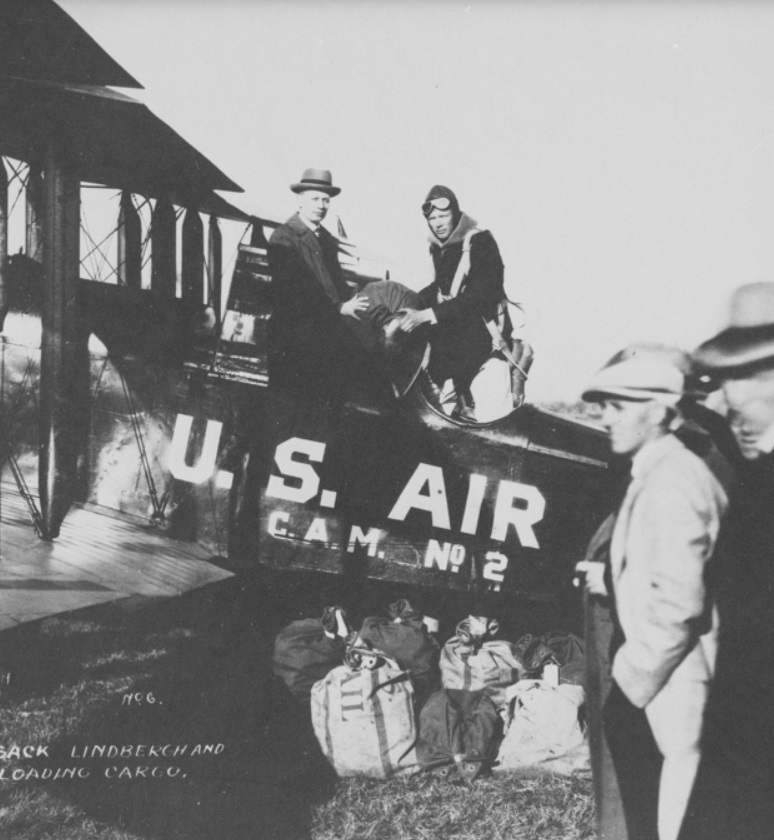
Land Morrow Lindbergh's pioneering achievements in aviation are marked by his early flight innovations, record-breaking feats, and lasting impact on the aviation industry.
Lindbergh's dedication to pushing the boundaries of flight led to groundbreaking advancements in aircraft design and navigation systems.
His historic solo transatlantic flight in 1927 solidified his place as a true aviation pioneer, inspiring future generations and shaping the course of aviation history.
Early Flight Innovations
Throughout the history of aviation, pioneers have made significant strides in early flight innovations, shaping the future of aerial transportation and engineering. The following pioneering achievements have played a crucial role in the development of aviation:
- Wright Brothers' First Powered Flight: On December 17, 1903, Orville and Wilbur Wright achieved the first successful powered flight in Kitty Hawk, North Carolina, with their aircraft, the Wright Flyer. This historic event marked a monumental leap forward in aviation technology.
- Louis Blériot's Channel Crossing: In 1909, Louis Blériot became the first person to fly across the English Channel in a heavier-than-air aircraft. This achievement demonstrated the feasibility of long-distance flight, opening up new possibilities for aviation.
- Introduction of Jet Propulsion: Frank Whittle and Hans von Ohain independently developed the jet engine in the 1930s, revolutionizing aircraft propulsion and paving the way for supersonic travel.
These pioneering innovations laid the foundation for the modern aviation industry, propelling it towards greater freedom and advancements.
Record-Breaking Feats
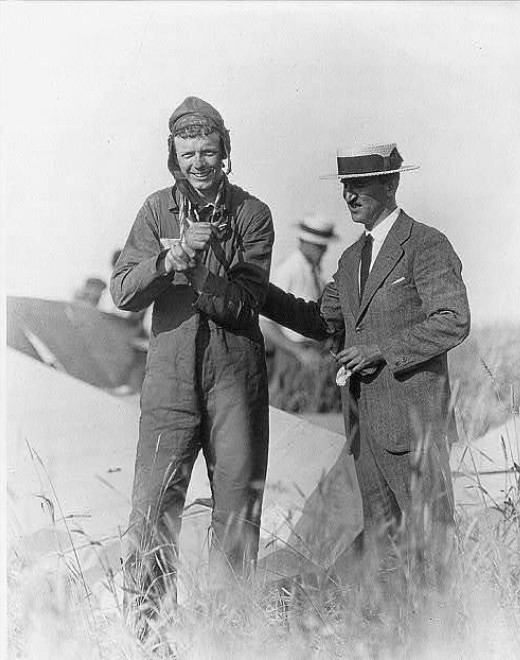
Achieving unprecedented milestones and pushing the boundaries of human ingenuity, record-breaking feats in aviation have propelled the industry to new heights of innovation and achievement. From Charles Lindbergh's groundbreaking solo transatlantic flight in 1927 to Chuck Yeager's breaking of the sound barrier in 1947, these pioneering achievements have captured the imagination of people worldwide.
The conquest of new frontiers, such as Amelia Earhart's solo flight across the Atlantic and the first non-stop flight around the world by Burt Rutan and Jeana Yeager, exemplifies the relentless pursuit of excellence in aviation. These historic accomplishments not only inspire future aviators but also demonstrate the remarkable capabilities of human endeavor. They embody the spirit of freedom and exploration, showcasing the indomitable will to push beyond perceived limits and soar to new heights.
Impact on Aviation
Pioneering achievements in aviation have significantly impacted the industry, shaping its trajectory and inspiring future innovations.
Lindbergh's legacy has left an indelible mark on aviation, with several key pioneering achievements that have transformed the industry:
- Transatlantic Flight: Lindbergh's historic solo non-stop flight across the Atlantic in 1927 showcased the potential of long-distance air travel, revolutionizing the public's perception of aviation and paving the way for international commercial flights.
- Advancements in Aircraft Design: Lindbergh's work in collaboration with aircraft manufacturers led to the development of more efficient and advanced aircraft designs, driving progress in aviation technology and safety standards.
- Inspiring Future Aviators: Lindbergh's pioneering spirit and achievements continue to inspire countless individuals to pursue careers in aviation, contributing to the ongoing evolution and innovation in the industry.
Notable Flights and Records
The legacy of Land Morrow Lindbergh is marked by a series of record-breaking flights and significant aviation milestones.
From the first solo transatlantic flight to pioneering advancements in aviation technology, Lindbergh's achievements have left an indelible mark on the history of flight.
Record-Breaking Flights
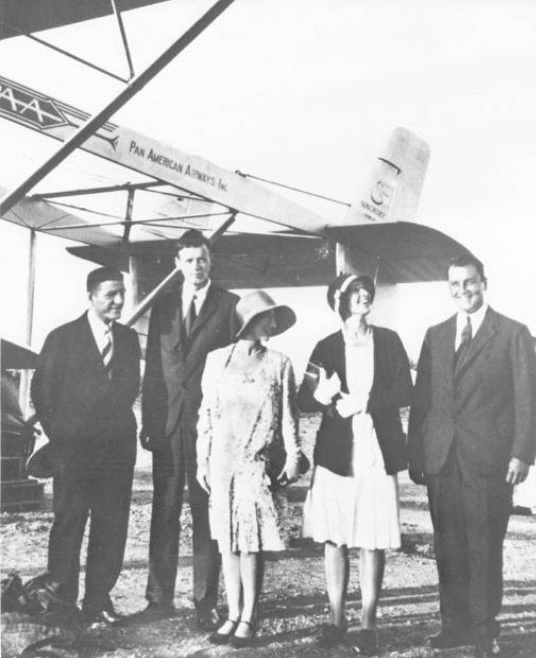
In the annals of aviation history, a select few flights have left an indelible mark by shattering records and pushing the boundaries of what was once thought possible. These record-breaking flights have captivated the imagination of aviation enthusiasts and have played a pivotal role in advancing the field of aeronautics.
- First Non-Stop Transatlantic Flight: In 1919, John Alcock and Arthur Brown achieved a monumental feat by completing the first non-stop transatlantic flight, flying from Newfoundland to Ireland in just over 16 hours.
- Fastest Around-the-World Flight: In 1986, Dick Rutan and Jeana Yeager flew the experimental aircraft Voyager around the world without stopping or refueling, completing the journey in 9 days, 3 minutes, and 44 seconds.
- Longest Solo Flight: In 2005, Steve Fossett set a new record for the longest solo flight without refueling, covering a distance of 26,389.3 miles in the Virgin Atlantic GlobalFlyer.
These remarkable achievements continue to inspire aviators to push the boundaries of what is achievable in the world of aviation.
Aviation Milestones
Of particular significance in the realm of aviation are the notable flights and records that have left an enduring mark on the history of flight.
From the Wright brothers' first powered flight in 1903 to Chuck Yeager breaking the sound barrier in 1947, these milestones have paved the way for the incredible advancements in aviation we enjoy today.
In 1927, Charles Lindbergh's solo nonstop flight across the Atlantic captured the world's imagination, showcasing the potential of air travel.
The first nonstop flight around the world in 1949 by a U.S. Air Force crew demonstrated the expanding capabilities of long-range aircraft.
More recent achievements, such as the first solar-powered flight around the world in 2016, continue to push the boundaries of what is possible in aviation, inspiring future generations to reach for the skies.
Technological Contributions
Amidst the rapid advancements in aviation during the early 20th century, Land Morrow Lindbergh made significant technological contributions that fundamentally shaped the trajectory of aircraft design and engineering. His innovative spirit and dedication to pushing the boundaries of aviation technology led to several groundbreaking advancements:
- Single-Engine Monoplane: Lindbergh's most renowned technological contribution was the development of the single-engine monoplane, which he famously piloted on the first solo nonstop transatlantic flight in 1927. This aircraft design represented a departure from the prevailing biplane configuration, offering improved aerodynamics and fuel efficiency.
- Long-Range Navigation Equipment: In collaboration with leading engineers and avionics specialists, Lindbergh played a pivotal role in refining and integrating long-range navigation equipment into aircraft. This technological advancement enabled pilots to confidently navigate over vast distances, significantly expanding the range and scope of aviation exploration.
- Improved Aircraft Instrumentation: Lindbergh's relentless pursuit of aviation excellence led to the refinement and standardization of aircraft instrumentation, including altimeters, airspeed indicators, and artificial horizons. These enhancements greatly enhanced the safety and precision of flight operations, setting new benchmarks for aviation technology.
Lindbergh's technological contributions continue to inspire and empower a new generation of aviators, embodying the spirit of freedom and innovation in aviation.
Impact on Aviation Technology
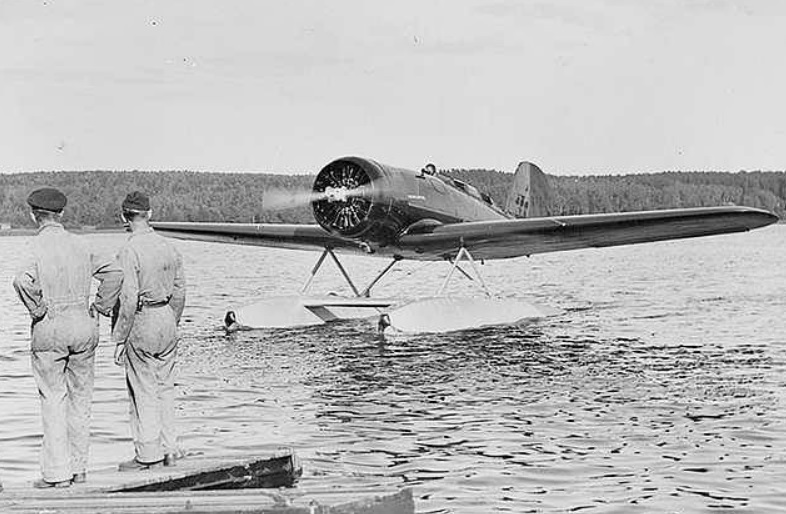
Land Morrow Lindbergh's pioneering advancements in aviation technology profoundly revolutionized the design, functionality, and safety measures of aircraft, leaving an indelible mark on the industry. Lindbergh's innovative spirit and relentless pursuit of excellence propelled aviation technology into a new era. His groundbreaking work in aircraft design, propulsion systems, and navigation technology set the stage for the modernization of the aviation industry.
Lindbergh's contributions to aviation technology were multifaceted. His development of the Spirit of St. Louis, a custom-built monoplane, showcased advancements in aerodynamics and fuel efficiency, setting new standards for aircraft design. Additionally, his advocacy for improved navigation systems led to the integration of radio and other communication technologies into aircraft, significantly enhancing safety and operational efficiency.
Furthermore, Lindbergh's relentless pursuit of improved engine performance and reliability paved the way for the development of more powerful and dependable propulsion systems, propelling aircraft to new heights and expanding the possibilities of air travel. His impact on aviation technology continues to resonate, inspiring future generations of innovators to push the boundaries of what is possible in the skies.
Legacy in Aviation History
Lindbergh's pioneering advancements in aviation technology have left a lasting legacy in aviation history, shaping the trajectory of the industry and inspiring future generations of aviators and innovators. His impact is profound and multi-faceted, reflecting the depth of his contributions to the field.
Transatlantic Flight: Lindbergh's historic solo flight across the Atlantic in 1927 captured the world's imagination, demonstrating the potential of aviation for long-distance travel and transportation. This achievement marked a significant leap forward in aviation capabilities, paving the way for international air travel and fostering global connections.
Aerospace Innovation: Lindbergh's work extended beyond his famous transatlantic flight. His collaboration with aircraft manufacturers and engineers contributed to the development of safer, more efficient aircraft, setting new standards for aviation technology and safety measures.
Aviation Advocacy: Lindbergh's advocacy for aviation and his efforts to promote the industry's growth and safety have had a lasting impact. His dedication to advancing the field of aviation and his commitment to fostering a culture of innovation continue to inspire aviators and enthusiasts worldwide.
Lindbergh's legacy in aviation history remains a beacon of inspiration, reminding us of the boundless possibilities that await those who dare to take flight.
Cultural and Historical Significance
With far-reaching impact transcending borders and generations, Land Morrow Lindbergh's legacy in aviation history embodies a cultural and historical significance that continues to captivate the imagination of enthusiasts and historians alike.
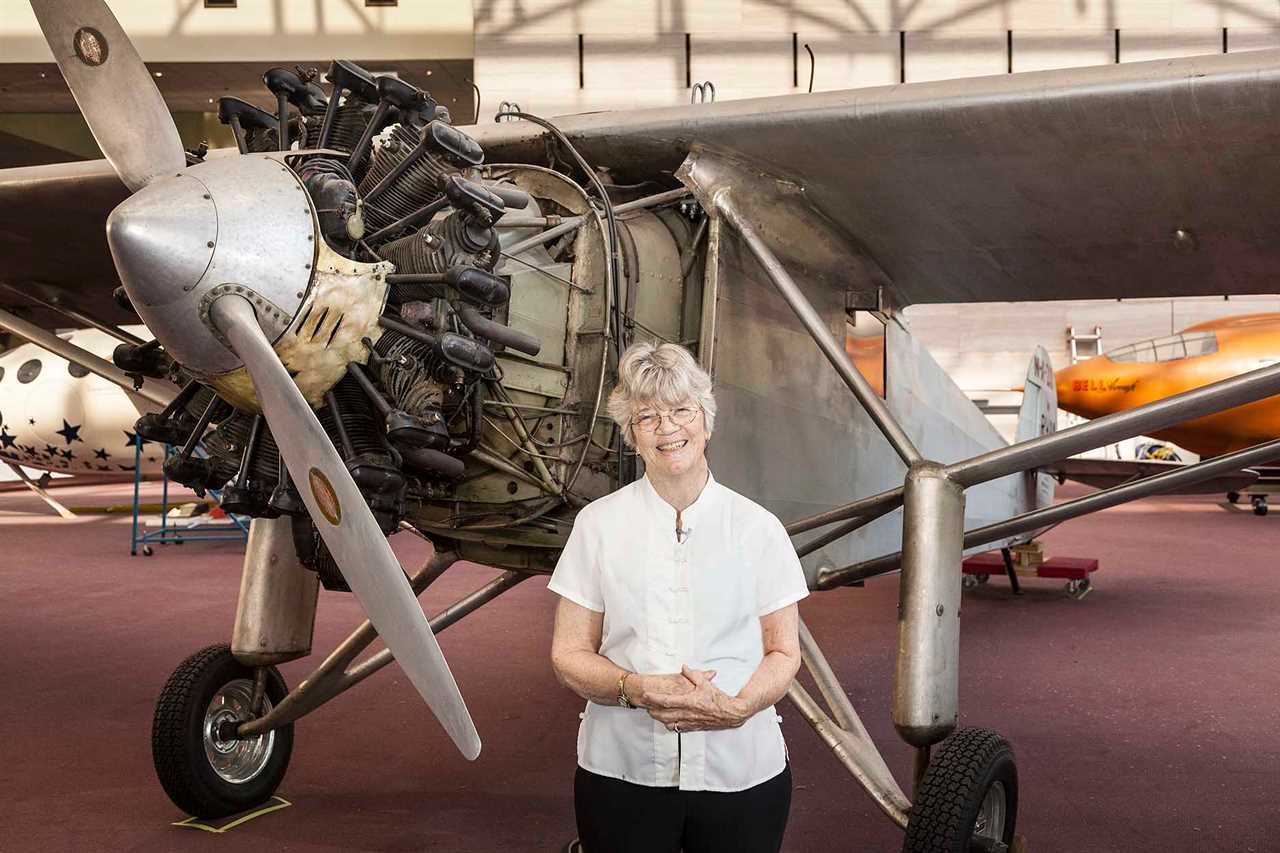
Lindbergh's groundbreaking solo flight across the Atlantic in 1927 not only marked a pivotal moment in aviation history but also ignited a global fascination with air travel and exploration. The daring spirit and determination displayed by Lindbergh during his transatlantic flight symbolized a triumph of human innovation and courage, resonating with diverse cultures worldwide.
Lindbergh's legacy holds cultural significance as an enduring symbol of human ambition and the relentless pursuit of progress. His achievements have inspired countless individuals to push the boundaries of what is deemed possible, fostering a culture of innovation and exploration that transcends national borders.
Moreover, Lindbergh's historic flight has left an indelible mark on the collective historical consciousness, representing a turning point in the evolution of aviation and a testament to the power of human ingenuity. His legacy continues to serve as a reminder of the transformative impact of perseverance and vision, making Lindbergh an enduring figure in the annals of human history.
Frequently Asked Questions
What Were Some of the Personal Struggles and Challenges Lindbergh Faced Throughout His Career?
Throughout his career, Lindbergh faced personal struggles such as the loss of his child, scrutiny from the public and media, and the burden of fame. These challenges tested his resilience and impacted his aviation legacy.
How Did Lindbergh's Relationships With Other Prominent Figures in Aviation History Impact His Own Achievements?
Lindbergh's relationships with prominent figures in aviation history significantly impacted his achievements. Collaborations with innovators like Charles A. Levine and Harry Guggenheim provided crucial support, resources, and knowledge, propelling Lindbergh to historic milestones in aviation.
What Were Some of Lindbergh's Lesser-Known Contributions to Aviation Technology and Innovation?
Lindbergh's lesser-known contributions to aviation technology and innovation included advancements in aircraft navigation instruments, aerodynamics research, and the development of long-range flight capabilities. His work laid crucial groundwork for modern aviation technology.
How Did Lindbergh's Legacy Impact the Development of Aviation in Other Countries Around the World?
Lindbergh's legacy profoundly impacted global aviation development. His historic transatlantic flight inspired advancements worldwide, influencing aircraft design, navigation, and long-distance travel. Lindbergh's daring achievements motivated nations to pursue aviation excellence, shaping a new era of international flight.
What Role Did Lindbergh Play in Shaping Public Perception of Aviation and Its Cultural Significance During His Time?
Charles Lindbergh played a crucial role in shaping public perception of aviation during his time, achieving iconic status with his historic 1927 solo transatlantic flight from New York to Paris. His marriage to Anne Morrow Lindbergh and the visibility of their family, including children like Charles Jr., Jon, Reeve, and Land Lindbergh, added a layer of celebrity. The Lindbergh kidnapping in 1932 marked a tragic event that influenced public perception. Lindbergh's contributions to aviation technology during World War II were notable, but his controversial views on isolationism and association with the America First Committee led to public scrutiny. Despite these challenges, Lindbergh continued to advocate for technological advancements in aviation and the peaceful use of air travel, leaving a complex legacy that reflects both his pioneering achievements and the controversies surrounding his personal and political life.






